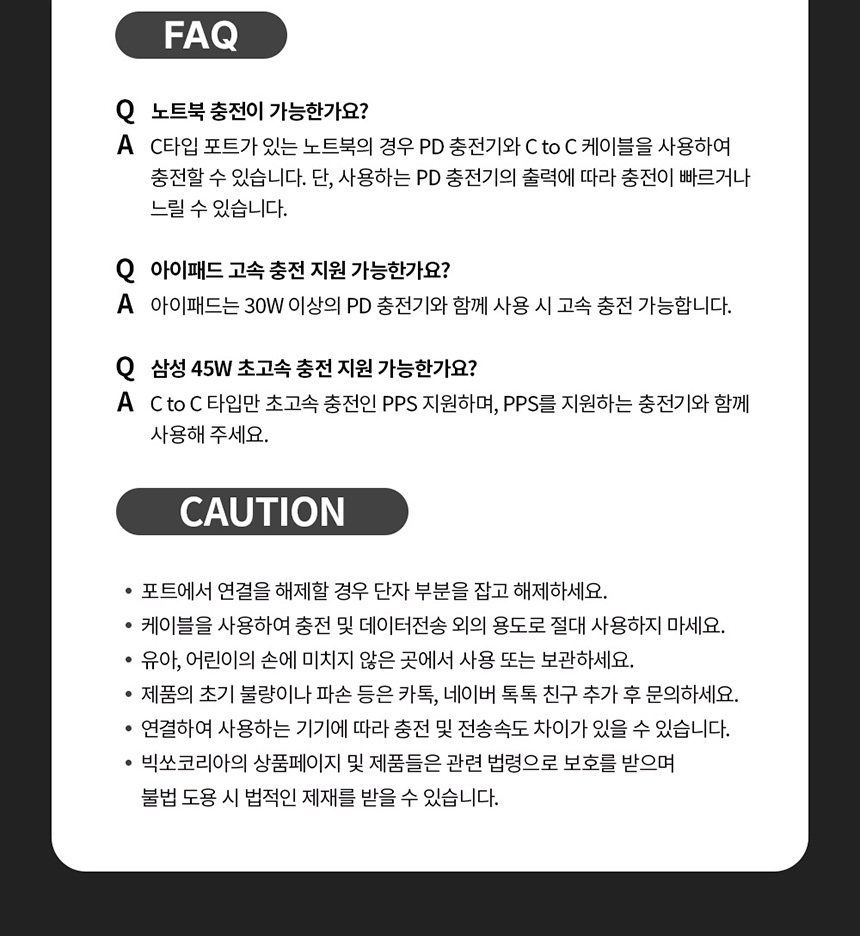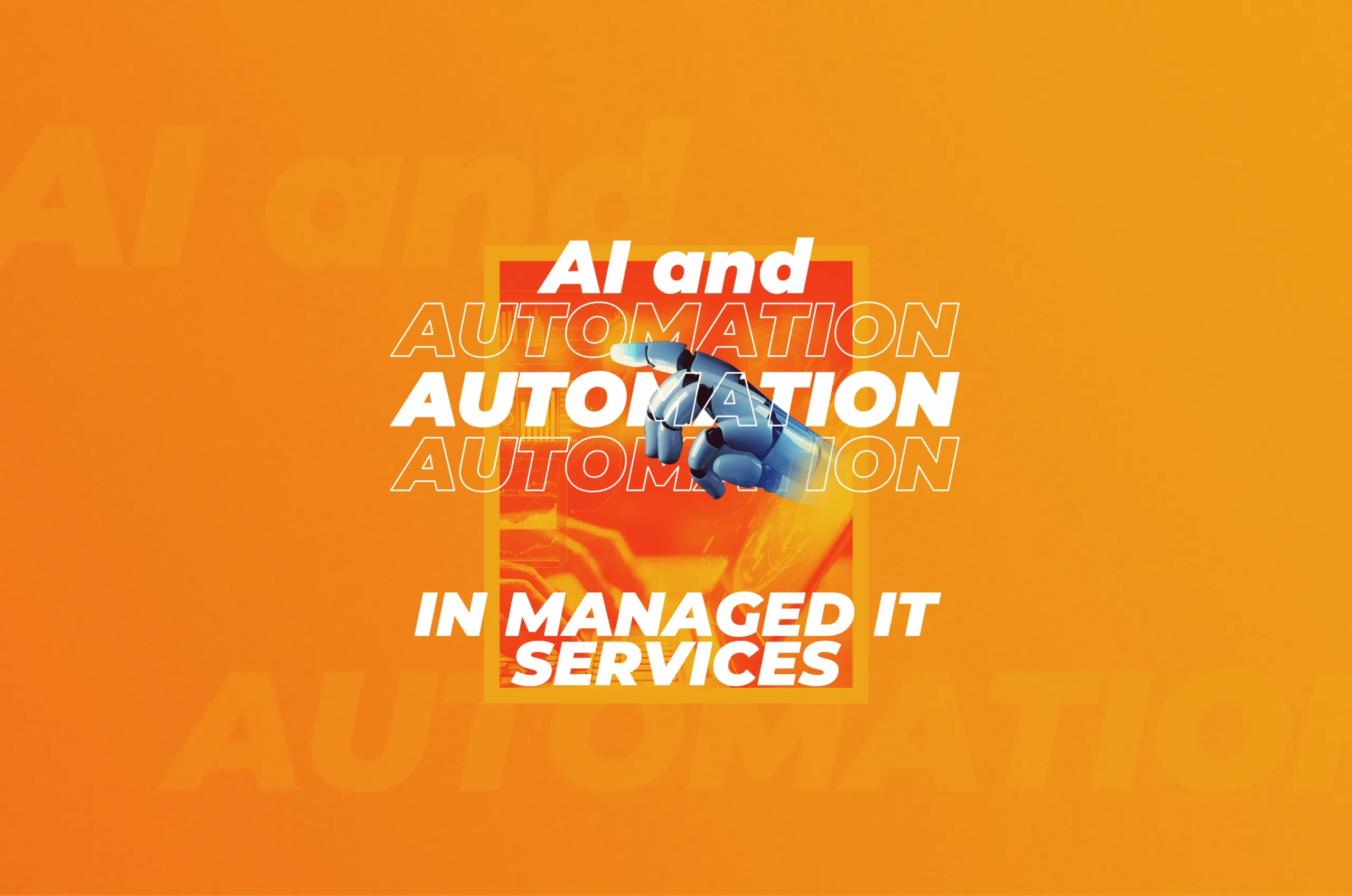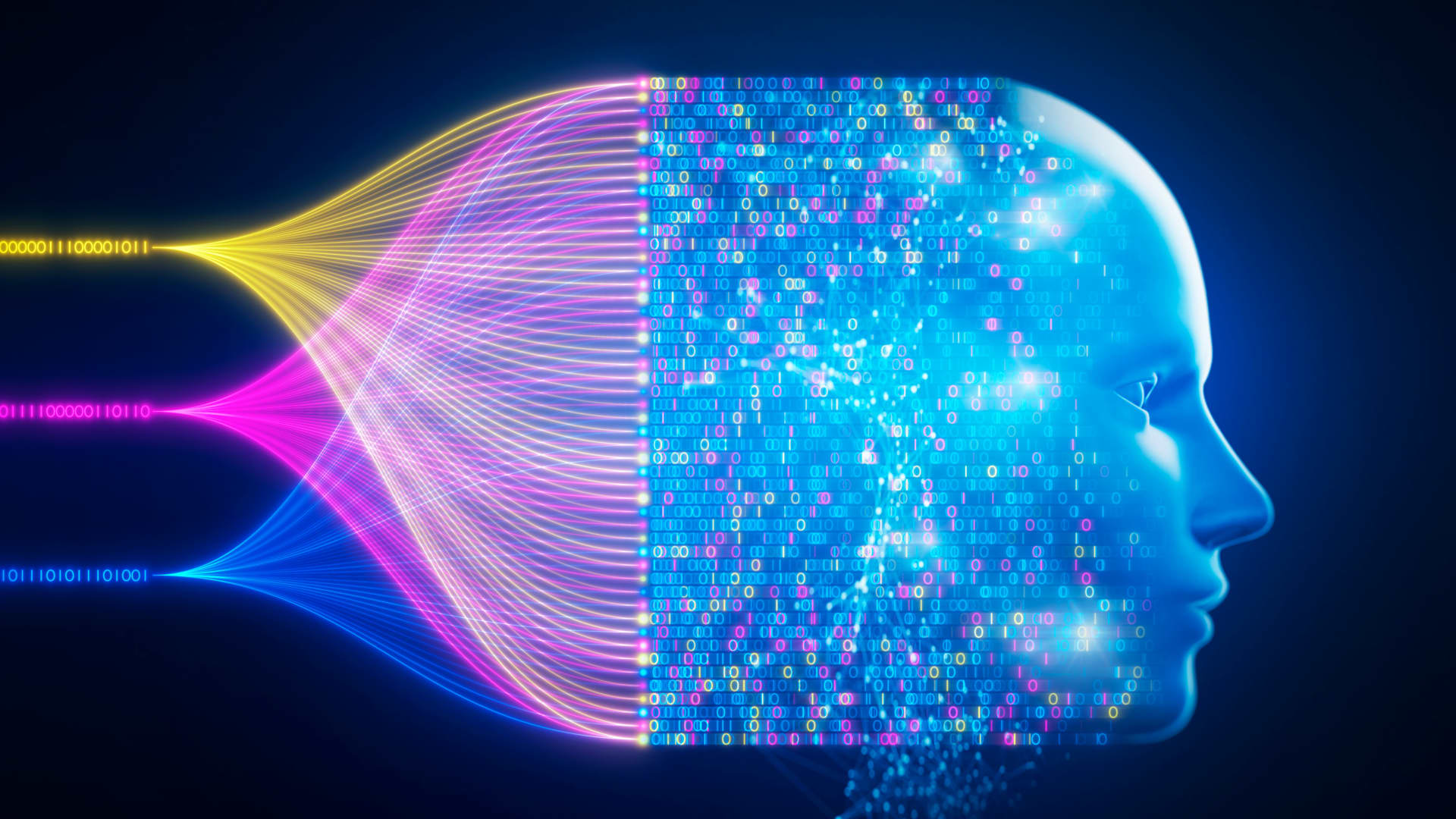In today's rapidly evolving digital landscape, undress AI has emerged as a controversial yet groundbreaking technology that is reshaping the boundaries of privacy and security. This advanced artificial intelligence system uses sophisticated algorithms to digitally remove clothing from images, raising both ethical concerns and technological possibilities. As we delve deeper into the world of undress AI, it becomes crucial to understand its implications and potential applications in various industries.
The rise of undress AI has sparked global debates about consent, data protection, and the ethical use of artificial intelligence. While the technology itself is not inherently malicious, its misuse can lead to severe consequences, including invasion of privacy and unauthorized content creation. In this article, we will explore the intricacies of undress AI, its development, applications, and the measures being taken to regulate its usage.
As society continues to grapple with the advancements in AI technology, it is essential to approach undress AI with a balanced perspective. By understanding its capabilities and limitations, we can better navigate the challenges and opportunities it presents. This article aims to provide comprehensive insights into undress AI while adhering to principles of expertise, authoritativeness, and trustworthiness.
Read also:Maura Murray Found Alive
Table of Contents
- What is Undress AI?
- History of AI Technology
- How Undress AI Works
- Applications of Undress AI
- Ethical Concerns
- Legal Regulations
- Impact on Industries
- Security Measures
- Future Predictions
- Conclusion
What is Undress AI?
Undress AI refers to a type of artificial intelligence software designed to digitally remove clothing from images. This technology leverages deep learning algorithms and neural networks to analyze and manipulate visual data. While the primary purpose of undress AI may vary depending on its application, its potential for misuse has raised significant concerns among privacy advocates and legal experts.
The technology operates by identifying patterns in clothing textures and human anatomy, allowing it to reconstruct images without the presence of clothing. This process involves complex computations and requires vast amounts of training data to achieve accurate results. As undress AI continues to evolve, its applications are expanding beyond initial intentions, leading to both positive and negative outcomes.
Incorporating undress AI into various industries requires careful consideration of its ethical implications. By understanding the technology's core functionality, we can better address the challenges it poses and harness its potential for beneficial use cases.
History of AI Technology
Origins of Artificial Intelligence
The concept of artificial intelligence dates back to the mid-20th century, with early pioneers such as Alan Turing laying the foundation for modern AI research. Over the decades, advancements in computing power and data storage have enabled the development of sophisticated AI systems capable of performing complex tasks.
Undress AI is a relatively recent addition to the AI landscape, emerging as part of the broader field of computer vision. This technology builds upon earlier innovations in image recognition and manipulation, leveraging advancements in machine learning to achieve unprecedented levels of accuracy and efficiency.
- 1950s: Turing Test introduced as a benchmark for AI capabilities.
- 1980s: Emergence of neural networks and backpropagation algorithms.
- 2010s: Rapid advancements in deep learning and convolutional neural networks.
How Undress AI Works
At its core, undress AI relies on advanced image processing techniques to analyze and modify visual data. The system utilizes convolutional neural networks (CNNs) to identify clothing patterns and human anatomy, enabling it to reconstruct images without the presence of clothing. This process involves several key steps:
Read also:Aniket Verma
- Data Collection: Gathering large datasets of images to train the AI model.
- Image Analysis: Using CNNs to detect clothing textures and body features.
- Reconstruction: Generating new images by digitally removing clothing.
Each step requires meticulous attention to detail and extensive computational resources. By continuously refining its algorithms, undress AI has achieved remarkable accuracy in its image manipulation capabilities.
Applications of Undress AI
Medical Imaging
One of the most promising applications of undress AI lies in the field of medical imaging. By digitally removing clothing from patient images, healthcare professionals can more accurately assess underlying conditions without the need for physical examinations. This technology has the potential to revolutionize diagnostic processes and improve patient outcomes.
Fashion Design
In the fashion industry, undress AI can assist designers in visualizing clothing on virtual models, streamlining the design and prototyping process. This application not only saves time and resources but also allows for greater creativity and innovation in fashion design.
While these applications demonstrate the positive potential of undress AI, they also highlight the importance of responsible usage and ethical considerations.
Ethical Concerns
The rise of undress AI has sparked widespread ethical debates, particularly regarding issues of consent and privacy. Unauthorized use of this technology can lead to the creation of non-consensual content, violating individuals' rights and dignity. To address these concerns, it is crucial to establish clear guidelines and regulations governing the development and deployment of undress AI.
Additionally, the potential for misuse in cyberbullying and harassment further underscores the need for robust safeguards. By fostering a culture of accountability and transparency, we can mitigate the risks associated with undress AI while maximizing its benefits.
Legal Regulations
Governments and regulatory bodies worldwide are increasingly recognizing the need for legal frameworks to govern the use of undress AI. Current regulations focus on protecting individuals' privacy rights and preventing the creation and distribution of non-consensual content. Key areas of focus include:
- Data Protection: Ensuring proper handling and storage of sensitive information.
- Content Moderation: Implementing measures to detect and remove harmful content.
- Liability: Clarifying responsibilities and accountability for misuse of undress AI.
As the legal landscape continues to evolve, it is essential for stakeholders to collaborate in developing comprehensive regulations that balance innovation with ethical considerations.
Impact on Industries
Entertainment
The entertainment industry has already begun exploring the potential of undress AI in creating realistic visual effects and enhancing storytelling. By enabling more immersive experiences, this technology has the potential to transform the way content is produced and consumed.
Security
In the realm of security, undress AI can assist in identifying hidden objects or threats in surveillance footage. This application has significant implications for airport security, border control, and law enforcement, offering enhanced capabilities for threat detection and prevention.
Despite these advantages, the impact of undress AI on various industries remains a double-edged sword, requiring careful consideration of its ethical and practical implications.
Security Measures
To address the risks associated with undress AI, developers and organizations must implement robust security measures. These include:
- Encryption: Protecting sensitive data during transmission and storage.
- Access Controls: Limiting unauthorized access to undress AI systems and data.
- Regular Audits: Conducting routine assessments to identify and address vulnerabilities.
By prioritizing security and adhering to best practices, we can ensure the responsible and ethical use of undress AI technology.
Future Predictions
As undress AI continues to advance, its potential applications and impact on society will only grow. Future developments may include:
- Enhanced accuracy and efficiency in image manipulation.
- Integration with other AI technologies for more comprehensive solutions.
- Increased emphasis on ethical guidelines and regulatory frameworks.
While the future of undress AI holds great promise, it is essential to approach its development with caution and responsibility, ensuring that its benefits outweigh its risks.
Conclusion
In conclusion, undress AI represents a groundbreaking advancement in artificial intelligence technology with far-reaching implications for various industries. While its capabilities offer numerous opportunities for innovation, they also raise significant ethical and legal concerns that must be addressed. By fostering a culture of accountability, transparency, and collaboration, we can harness the potential of undress AI while safeguarding individual rights and privacy.
We invite readers to share their thoughts and insights in the comments section below. Additionally, we encourage you to explore related articles on our website to deepen your understanding of AI technology and its impact on society. Together, we can shape a future where technology serves as a force for good, empowering individuals and communities worldwide.


